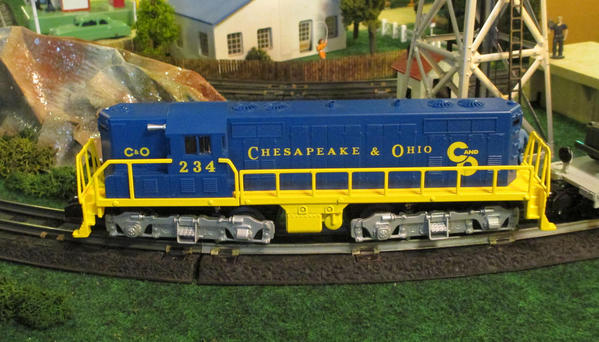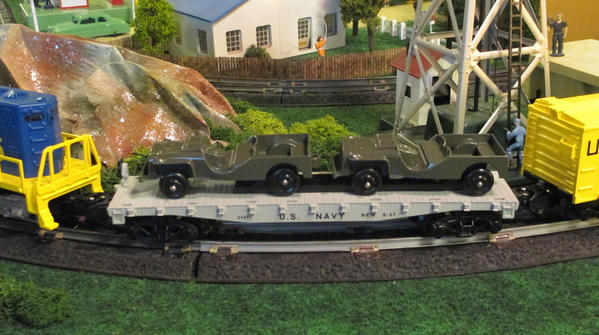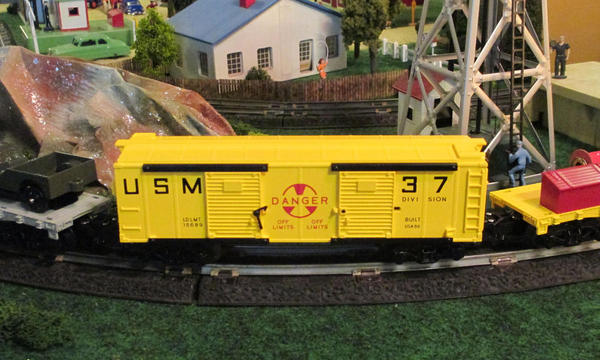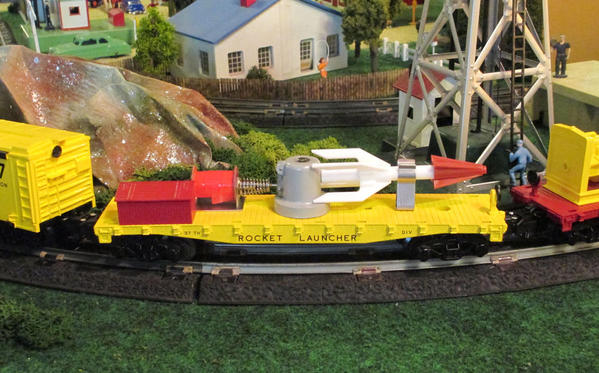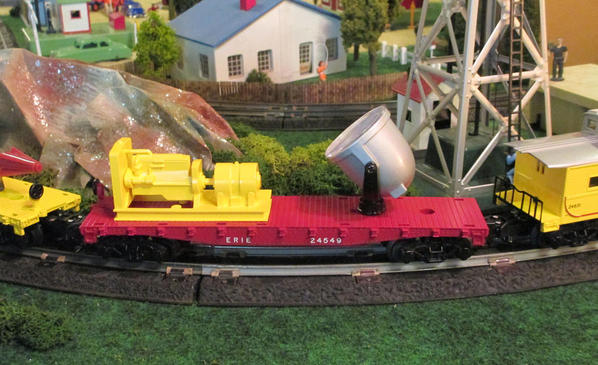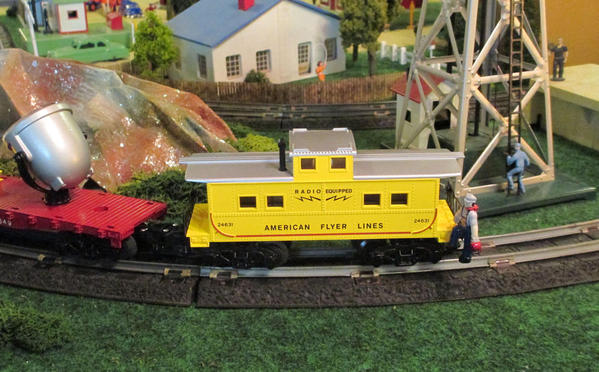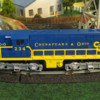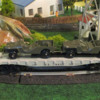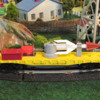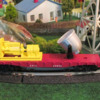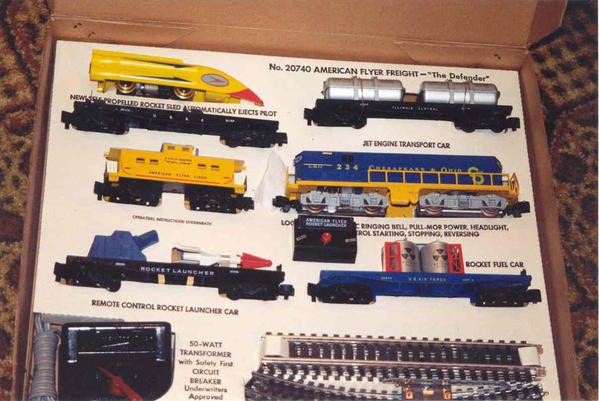No fooling!!
For those long suffering souls who have patiently waited, the Defender sets are arriving at dealers. I picked mine up today on the fly at Wild Bill's Trains. Unfortunately, because I am on the road and not in a great position to take decent images, someone else will likely be the first to post pictures. Nonetheless, I thought folks would like to know that the Defender is no longer as elusive as the Loch Ness Monster. The trains are virtually identical to the sample pictured on the Lionel Facebook page. They are very nicely packaged and include two accessory rails and push buttons for the activation of the rocket flat and operating boxcar.
Pictures now posted below.
Also, for those of a more serious mindset, the second batch of SD70ACe's are arriving, too. I snagged my DL&W powered and non-powered units, as well. Think of it as Christmas in August. ![]()
Enjoy!
Bob





